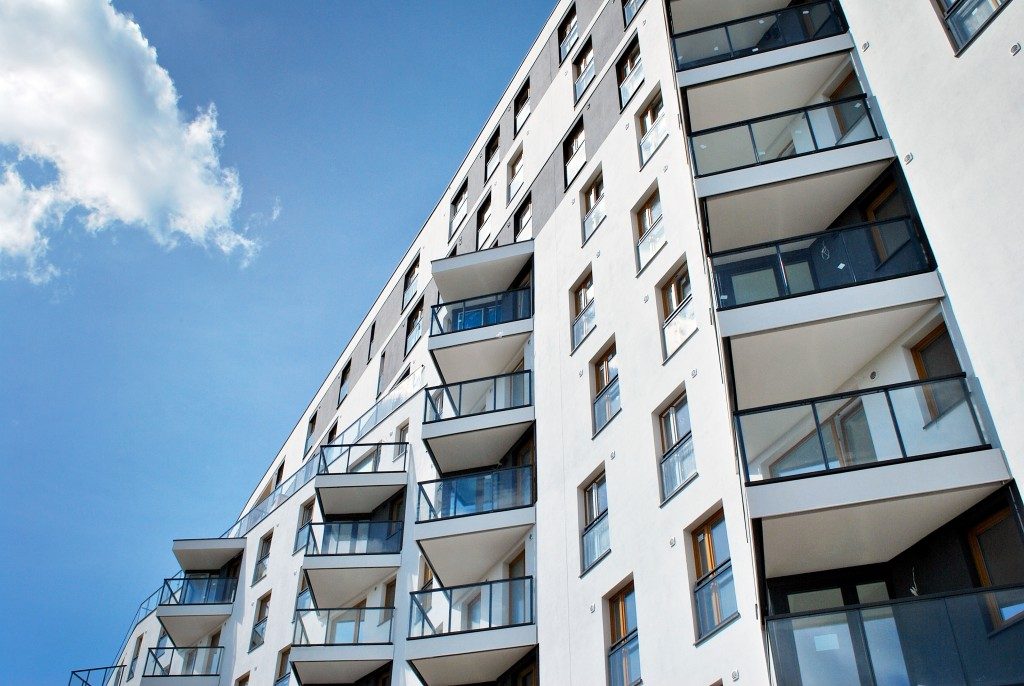Before someone even steps inside a building, the structure’s exterior has already influenced their thoughts on the place. Is it beautiful? Does it look safe? What is the feel of the place? The building’s exterior, or facade, gives someone the answers to those questions.
But facades aren’t just sheets of glass, painted cement, and a few columns. They’re complex configurations of different materials combined to provide a building with multiple features. A facade is more than a pretty face; it gives a layer of protection and utility to a structure.
Whereas an architect is responsible for the aesthetics of a building, engineers are the ones who find ways to make artistic designs a reality. The people who are in charge of giving the building a pleasing and practical exterior are facade engineers.
What is Facade Engineering?
Facade engineering comprises different fields of knowledge. Its practitioners need backgrounds in architectural design, structural physics, and expert knowledge of different construction materials. Facade engineers work with structural engineers, architects, and safety professionals to give a building an outer shell that matches the design expectations and is also safe and practical.
A facade engineer may choose to be a generalist facade engineer. This means that they can work with different materials and give advice on a variety of projects. Others may choose to specialize in a particular skill set, like analytical modeling, or a specific material, like honeycomb panels or glass.
What are the Major Concerns of Facade Engineers?
 The exterior of a building serves more than just its pretty face. Of course, facade engineers prioritize the integrity and safety of the outer shell. They design them to be weathertight, which prevents water and wind damage to the structure. They also consider which materials are fire resistant, for additional safety.
The exterior of a building serves more than just its pretty face. Of course, facade engineers prioritize the integrity and safety of the outer shell. They design them to be weathertight, which prevents water and wind damage to the structure. They also consider which materials are fire resistant, for additional safety.
Another key concern is affordability. Facade engineers look for materials that can accomplish the designs and structural goals but cost less. Innovative facade engineers also find ways to use sustainable materials or environmentally friendly designs.
Examples of Innovative Facades
The Al Bahar Towers in Abu Dhabi are among the most original and remarkable facade designs in the world. A shell of solar reflectors protects the towers from glaring sunlight and lowers the need for air conditioning. The solar reflectors are responsive to the sun’s position and can reorient themselves to face the sun and even fold shut when night falls.
The Beinecke Rare Book and Manuscript Library, in New Haven, Connecticut has a facade that diffuses sunlight before it enters. Engineers designed the exterior using tiles of white marble and granite that filters sunlight, protecting the valuable books and materials inside from damage.
House 77, a private residence in Povoa de Varzim, Portugal, has a gorgeous facade of aluminum shutters. The engineers had symbols from an ancient writing system called “siglas poveiras” incised on the metallic concertina shutters. The design of the facade links the city’s modernity to its ancient past, preserving its heritage.
There’s more to a building’s facade than what meets the eye. The facade is the culmination of varying disciplines using different materials. Facade engineering unifies these disciplines and materials to make buildings safer, more comfortable, and more sustainable.






